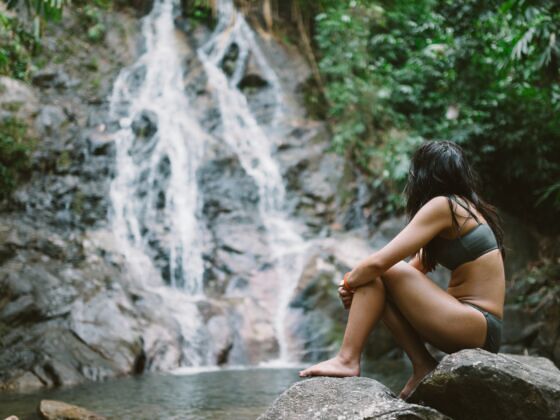Puerto Rico’s south shore, from the mountains of Jayuya.
Say Puerto Rico and a palette of tropical greens and blues comes to mind. But the smallest island of the Greater Antilles archipelago is also among the most environmentally challenged.
Measuring approximately 100 x 40 miles, Puerto Rico is home to 4 million people and more than 2 million cars, and is the site of mega-development construction activities that threaten not only the coastal areas, but also the interior mountain regions.
Now, more than ever, making greener choices for travel in Puerto Rico is crucial.
